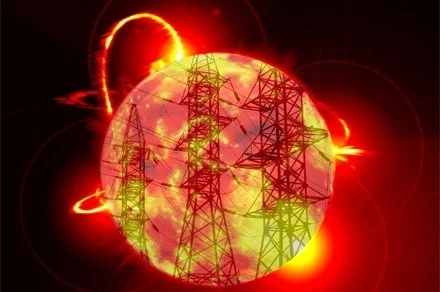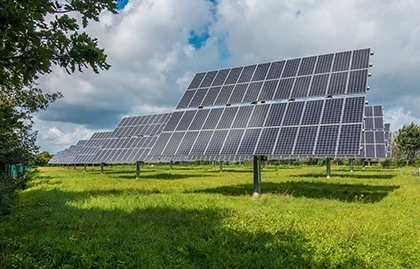The Role of Renewable Energy in the Smart Grid: Transforming Power Generation, Transmission, and Distribution

The integration of renewable energy sources (RES) into smart grid systems represents a fundamental shift in how energy is generated, managed, and consumed. This transformation is vital for modernizing energy infrastructure, enhancing grid reliability, and fostering sustainability. The shift from a centralized generation model to a decentralized, dynamic, and intelligent smart grid system marks a pivotal moment in the energy sector. By incorporating renewable energy sources and advanced communication technologies, smart grids enable real-time monitoring, adaptive control, and bidirectional power flows, creating a more efficient and resilient energy system.
The Need for a Smart Grid
Traditional power grids are characterized by centralized power generation, limited communication capabilities, and unidirectional energy flow. As the demand for cleaner energy grows, the traditional grid faces mounting pressure to accommodate distributed energy resources (DERs) like solar photovoltaic (PV) systems, wind farms, and battery energy storage systems (BESS). The smart grid responds to these challenges by incorporating digital technology, sensors, and intelligent control systems to improve energy management, reduce operational inefficiencies, and support the integration of RES. This evolution aims to achieve a more sustainable and efficient power system that benefits utilities, consumers, and the environment.
Renewable Energy Sources in Smart Grids
Renewable energy sources such as solar, wind, hydro, biomass, and fuel cells are the backbone of the modern smart grid. Unlike conventional fossil fuel-based power generation, RES offers clean, sustainable, and limitless energy. However, the intermittent and variable nature of RES presents challenges for grid stability and power quality. To address these issues, smart grids integrate energy storage systems (ESS) like BESS, plug-in hybrid electric vehicles (PHEVs), and plug-in electric vehicles (PEVs). These storage systems help stabilize power output, reduce voltage fluctuations, and maintain load continuity during periods of low renewable energy generation.
The integration of renewable energy into the grid requires an energy management system (EMS) to coordinate power flow, predict energy production, and ensure efficient load balancing. By connecting diverse energy sources, smart grids optimize power generation and minimize system disruptions caused by the intermittent nature of renewable energy. This approach reduces dependence on fossil fuels and promotes the use of clean energy sources, which is essential for achieving carbon reduction targets and mitigating climate change.
Technological Advancements Driving the Smart Grid
Smart grid development is driven by advances in information and communication technology (ICT), sensors, and automation. Key features of smart grids include real-time data monitoring, predictive analytics, and autonomous control of grid components. Smart meters enable utilities and consumers to monitor energy usage, identify patterns, and optimize consumption. Faster problem detection and network self-healing capabilities ensure higher system reliability and reduced downtime.
Read full article in the Smart Grid & Linemen Safety Special Edition magazine









